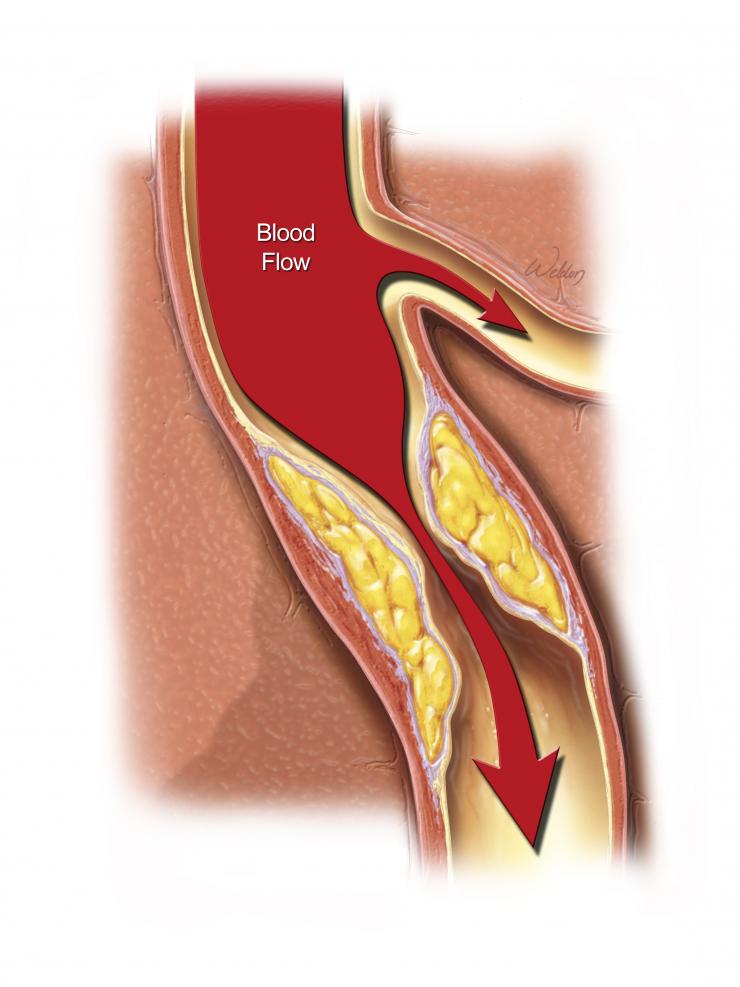About Coronary Bypass Surgery

The goal of coronary artery bypass grafting (CABG) is to improve blood flow to your heart.
The heart is a muscle about the size of your fist. Your heart pumps blood and oxygen to all of the organs and tissues of the body through a network of “pipes” called arteries and veins.
The heart muscle needs oxygen-rich blood to do its job. The vessels that feed the heart are called coronary arteries (shown in the diagram right) and they branch off from the body’s main artery, the aorta, which carries oxygenated blood throughout the body.
If one or more of the coronary arteries develops a blockage it prevents your heart from getting the blood and oxygen that it needs to function properly. CABG can often be combined with and performed at the same time as other open-heart surgery, such as repairing or replacing a heart valve, aortic aneurysm repair, or a procedure to treat an irregular heart beat known as atrial fibrillation. Completing these procedures at the same time saves you from undergoing additional surgery.
What Causes Clogged Arteries?

Healthy arteries are like hollow pipes. When they’re wide open, blood flows through them easily. As we age, these pipes can narrow or become blocked like the plumbing in your house. These blockages are caused by a buildup of cholesterol, fat, and other substances. Narrowing of the arteries is called coronary artery disease.
Coronary Artery Bypass Grafting Surgery
During this operation, the surgeon will make an incision, called a median sternotomy, in your chest and through the breastbone.
They will take healthy vessels from another part of your body to ‘bypass’ the blocked arteries that are preventing oxygenated blood from efficiently reaching your heart. A healthy artery in your chest may be used, or veins from your leg can be taken and used to bypass the blockage. In order for your surgeon to obtain the healthy veins, one or two small incisions are made in the leg.
During most open-heart surgeries it is necessary to connect you to a heart-lung bypass machine. During this time, your heart will stop. This machine takes over the work of the heart, oxygenating your blood and circulating it throughout the body. Your heart will begin beating again once the procedure is complete.
Recovery
It will take you approximately two months to recover from undergoing your CABG surgery. You should plan to be away from work, getting your full strength back, for six to eight weeks. Your surgeon will advise you on post-operative restrictions and when it’s safe to drive again. Participating in a cardiac rehabilitation program will be beneficial in your recovery. Make sure to ask about this before you are discharged from the hospital and make arrangements close to your home in advance.
CABG can relieve chest pain, prevent a heart attack, and improve the quality of your life, especially when combined with a healthy lifestyle.








 Credit
Credit
